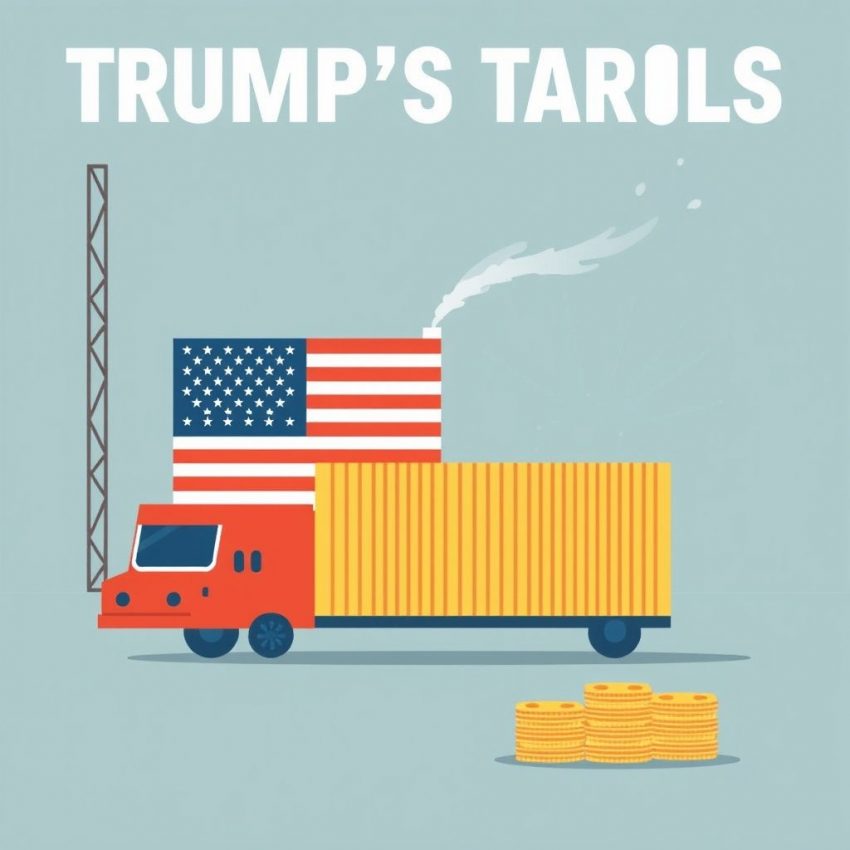Trump's Tariffs: Your Gadgets Just Got Pricier (and Manufacturing Isn't Coming Back)
Remember those promises about bringing manufacturing back to the US? Turns out, slapping tariffs on imported goods doesn't magically create American factories. What it does do is make everything from your next smartphone to that shiny new gaming console significantly more expensive. Let's break down why following Trump's tariff strategy is hurting your wallet and failing to deliver on its core promise.
The basic premise behind tariffs is simple: make imported goods more expensive, encouraging consumers to buy American-made products. In theory, this boosts domestic manufacturing and creates jobs. However, the reality is far more complex, and in the case of the tech industry, downright damaging.
The Price You Pay:
The vast majority of consumer electronics, including smartphones, laptops, tablets, and gaming consoles, are manufactured overseas. Trump's tariffs directly translate to higher prices on these products. Companies aren't absorbing these costs; they're passing them on to you, the consumer. This means you're paying a premium for the same gadgets that were cheaper before the tariffs. Think of it as a hidden tax on your tech addiction.
The Manufacturing Mirage:
The promised resurgence of American manufacturing simply hasn't materialized. Building advanced electronics manufacturing plants requires massive investment, a highly skilled workforce, and an intricate global supply chain. Tariffs don't magically solve these complex logistical hurdles. Instead of bringing manufacturing back to the US, companies are often forced to:
- Absorb some of the cost: This reduces profit margins, hindering investment in research and development, and potentially leading to job cuts.
- Shift production to other countries: Companies may move manufacturing to countries not subject to tariffs, negating the intended effect and potentially harming relationships with existing trading partners.
- Raise prices: The most common outcome, as we've seen, is simply passing the increased costs on to the consumer.
The Bottom Line:
Trump's tariffs on imported electronics are a lose-lose situation. They increase prices for consumers without significantly boosting domestic manufacturing. Instead of bringing jobs back, they're contributing to higher costs of living and potentially stifling innovation in the tech sector. The narrative of tariffs bringing back manufacturing is a simplistic and ultimately flawed one. It's time to acknowledge the real-world impact of these policies: emptier wallets and a tech landscape dominated by higher prices, not American-made products. The solution isn't protectionism; it's strategic investment in domestic innovation and workforce development, coupled with fair and balanced trade policies that benefit both consumers and businesses.
Don’t miss out on this exclusive deal, specially curated for our readers! Unleashing Power and Portability: The New Mac Mini M4
This page includes affiliate links. If you make a qualifying purchase through these links, I may earn a commission at no extra cost to you. For more details, please refer to the disclaimer page. disclaimer page.

